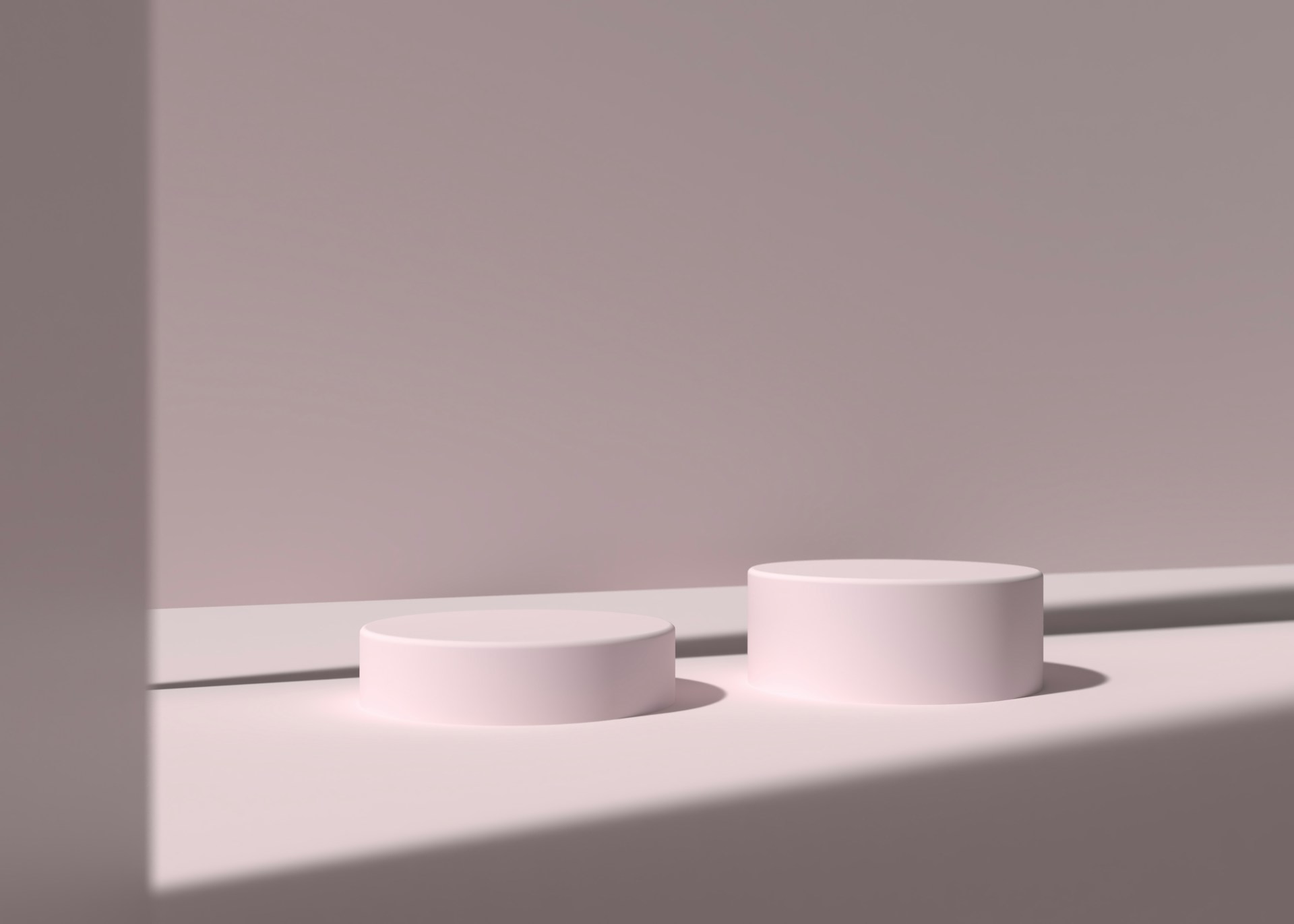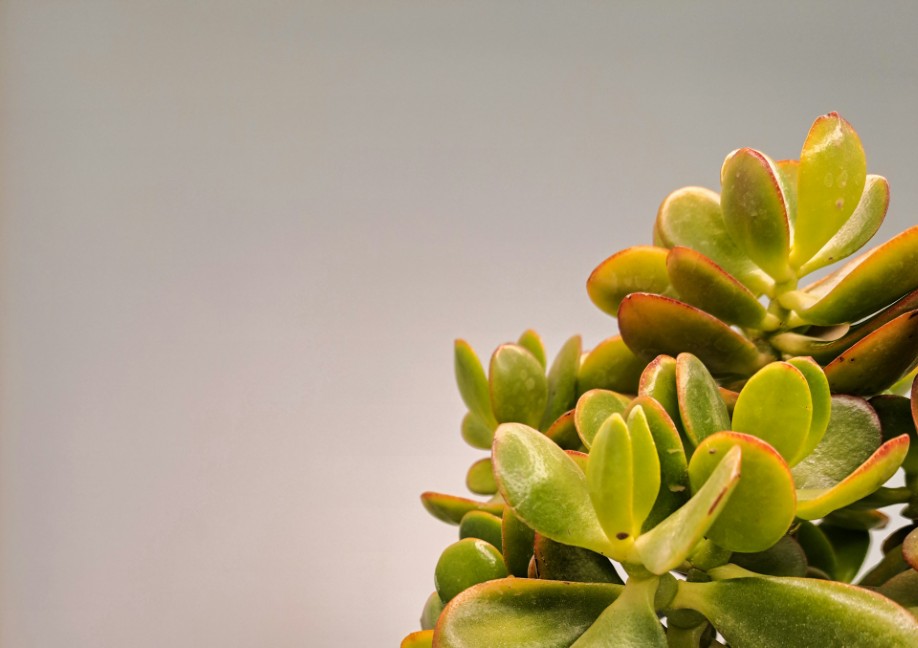Pigeon nets are a highly effective solution to prevent bird-related diseases in urban areas. Pigeons are a common sight in cities worldwide, often roosting on buildings and creating unsanitary conditions with their droppings. These droppings can carry harmful bacteria and viruses that pose a risk to human health. By installing pigeon nets, property owners can protect their buildings from pigeon infestations and reduce the spread of diseases.
One of the main benefits of using pigeon nets is that they create a physical barrier that prevents pigeons from accessing buildings and rooftops. Pigeons are opportunistic birds that will seek out sheltered and high-up areas to roost and nest. By installing pigeon nets, property owners can effectively block off these areas and make it impossible for pigeons to land and roost.
Pigeon nets are designed to be durable and long-lasting, making them an excellent investment for property owners concerned about bird-related diseases. These nets are made from strong materials such as nylon or polyethylene, which are resistant to weather conditions and bird activity. Once installed, pigeon nets require minimal maintenance and can last for years without needing to be replaced.
In addition to preventing pigeon infestations, pigeon nets also help to improve the aesthetic appeal of buildings. Pigeon droppings can deface buildings and create an unsightly mess that is difficult to clean. By installing pigeon nets, property owners can maintain the appearance of their buildings and avoid the need for costly clean-up efforts.
Furthermore, pigeon nets are an environmentally friendly solution to bird control. Unlike traditional methods such as poisoning or trapping, pigeon nets do not harm the birds themselves. Instead, they simply create a physical barrier that encourages pigeons to find alternative roosting sites. This makes pigeon nets a humane and effective way to manage bird populations in urban areas.
Overall, pigeon nets are an essential tool for preventing bird-related diseases in urban environments. By installing pigeon nets, property owners can protect their buildings from pigeon infestations and reduce the risk of diseases such as histoplasmosis, salmonella, and cryptococcosis. Pigeon nets are a cost-effective, environmentally friendly solution that offers long-lasting protection against the health hazards associated with pigeons.
——————-
Article posted by:
Yeripalli Safety Nets
https://www.yplpigeonnetsforbalcony.com/
+919043342208
Chennai Tamil Nadu India
Comprehensive Guide on Bird Protection Nets: Why They Are Essential for Your Property
Birds are often associated with freedom and beauty, symbolizing nature’s grace. However, in urban and agricultural environments, birds can sometimes pose significant challenges. From damaging crops to nesting in unwanted areas, birds can be a nuisance. For these reasons, bird protection nets have become an essential solution for many property owners. In this comprehensive blog post, we’ll delve into everything you need to know about bird protection nets, covering their types, benefits, installation, and more. This guide aims to provide a thorough understanding of bird protection solutions and how they can contribute to a peaceful coexistence with our avian friends.
Table of Contents
Introduction to Bird Protection Nets
Why Bird Control is Necessary
Types of Bird Protection Nets
Materials Used in Bird Protection Nets
Areas That Can Benefit from Bird Protection Nets
How to Choose the Right Bird Protection Net
Installation of Bird Protection Nets
Bird Protection Nets for Residential Properties
Bird Protection Nets for Commercial Properties
Bird Protection Nets for Agricultural Use
Environmental Impact of Bird Protection Nets
Maintenance and Longevity of Bird Protection Nets
Legal Considerations in Bird Control
Frequently Asked Questions (FAQs)
Conclusion: Balancing Protection and Conservation
1. Introduction to Bird Protection Nets
Bird protection nets, also known as bird netting, are used worldwide to prevent birds from entering specific areas where they may cause harm or nuisance. These nets form a physical barrier that keeps birds away from certain zones, while still allowing airflow and sunlight to penetrate. Bird protection nets are commonly used in various sectors, such as agriculture, residential buildings, industrial warehouses, and historical sites, to prevent birds from nesting or damaging structures.
Bird protection nets offer a humane solution to bird problems. Instead of using harmful chemicals or deterrents that could injure birds, nets create a simple barrier that restricts access without causing harm.
2. Why Bird Control is Necessary
While birds are generally a welcome sight in parks and gardens, their presence in certain areas can lead to several problems:
Crop Damage: For farmers and gardeners, birds can be a significant problem, especially in fruit and vegetable crops. Birds like crows, pigeons, and sparrows may peck at ripening fruits, reducing yield.
Nesting Issues: Birds often build nests in unwanted areas, such as under roofs, gutters, and even industrial machinery, leading to structural damage or operational delays.
Health Risks: Birds, particularly pigeons, are known carriers of diseases that can spread to humans. Bird droppings can harbor bacteria and parasites, leading to health hazards in public areas, food production plants, and healthcare facilities.
Structural Damage: Bird droppings are acidic and can corrode building materials such as metal and concrete over time. In the long run, this can lead to significant structural damage to homes, factories, and monuments.
Given these issues, effective bird control is necessary to prevent damage, reduce health risks, and protect property value. Bird protection nets offer a versatile and eco-friendly solution to these problems.
3. Types of Bird Protection Nets
There are various types of bird protection nets designed for different applications. Understanding these types can help you choose the right netting solution for your specific needs.
Knotted Polyethylene Nets: This is one of the most durable types of bird nets. They are made from high-density polyethylene, making them resistant to UV radiation, water, and weathering. These nets are commonly used in outdoor environments like orchards and commercial properties.
Monofilament Nets: Made from a single strand of fiber, these nets are lightweight yet strong. Monofilament nets are often used in smaller gardens and for residential bird control.
HDPE Nets (High-Density Polyethylene): These are high-quality nets that offer excellent durability and resistance to wear and tear. They are often used for large-scale applications in agriculture and industrial areas.
Nylon Nets: Nylon nets are highly elastic and flexible, making them ideal for irregularly shaped areas. However, they are less durable than HDPE nets, especially when exposed to harsh weather conditions.
Metal Mesh Nets: For more heavy-duty applications, metal mesh nets are an option. These nets are typically used in industrial and commercial properties where high resistance to wear is required.
Each type of net has its specific advantages, and the choice of netting material will depend on the intended application and environmental factors.
4. Materials Used in Bird Protection Nets
Bird protection nets are made from a variety of materials, each offering different benefits:
Polyethylene (PE): Polyethylene is one of the most common materials used in bird nets. It’s lightweight, durable, and UV-resistant, making it ideal for long-term outdoor use.
Nylon: While nylon nets are flexible and strong, they are more vulnerable to degradation from UV exposure compared to polyethylene. They are still a good option for indoor bird control.
Stainless Steel: In some cases, especially in industrial settings, stainless steel netting is used to prevent birds from accessing specific areas. These nets are incredibly durable and long-lasting but come with a higher cost.
Polypropylene: Similar to polyethylene, polypropylene nets are highly resistant to water and UV rays. They are typically used for agricultural purposes due to their durability and light weight.
The right material for your bird protection net will depend on factors such as the size of the area being covered, the type of birds you need to control, and the environmental conditions.
5. Areas That Can Benefit from Bird Protection Nets
Bird protection nets can be installed in various areas, depending on where bird control is needed:
Residential Areas: Netting can be installed in balconies, terraces, and rooftops to prevent pigeons and other birds from nesting.
Commercial Buildings: Warehouses, factories, and office buildings often face issues with birds nesting in hidden areas, causing damage and health concerns.
Agricultural Fields: Farms and orchards use bird nets to protect crops from being damaged by birds. This is especially important for fruit-bearing plants and vineyards.
Public Spaces: Parks, train stations, and airports use bird nets to control bird populations and avoid the risks associated with bird droppings and other hazards.
Historical Sites: To preserve monuments and old buildings, bird nets are used to prevent birds from damaging fragile structures or defacing them with droppings.
In each of these environments, bird protection nets provide an effective, non-lethal way to manage bird populations and minimize the risks they pose.
6. How to Choose the Right Bird Protection Net
Choosing the correct bird protection net for your property or application requires considering a few key factors:
Type of Bird: Different species of birds may require different types of nets. For example, a finer mesh may be necessary to keep smaller birds like sparrows out, while larger birds like pigeons can be controlled with wider netting.
Environmental Factors: The local climate plays a role in your choice. In areas with high sun exposure, UV-resistant nets are essential to ensure durability. For areas with heavy rain or snow, weather-resistant materials like polyethylene are recommended.
Size of the Area: Larger areas may require heavy-duty nets that can withstand extended use and harsh environmental conditions. Meanwhile, smaller areas like balconies may only need lightweight nets.
Aesthetic Considerations: For residential and commercial buildings, the appearance of the net may be a consideration. Transparent or minimally visible nets are often preferred in these cases to maintain the aesthetic appeal of the building.
Budget: Bird protection nets vary in price depending on the material and size. While cheaper nets may seem appealing, investing in durable, long-lasting nets will save money in the long run by reducing the need for frequent replacements.
Consulting with a bird control expert can help you choose the right net based on your specific needs and circumstances.
7. Installation of Bird Protection Nets
Proper installation of bird protection nets is critical to ensure their effectiveness. Poorly installed nets can leave gaps that birds can exploit, rendering the net ineffective. Here’s a step-by-step guide on how to install bird nets:
Step 1: Measure the Area
Before installing a bird net, measure the area that needs protection. Make sure to account for all entry points that birds could use to access the space, including windows, vents, and ledges.
Step 2: Choose the Right Fastening Equipment
Depending on the type of building or structure, you may need different types of fasteners such as hooks, clips, or ties to attach the net securely.
Step 3: Install Support Structures
For large areas or open spaces, you might need to set up additional support structures like poles or frames to hold the net in place without sagging.
Step 4: Secure the Net
Once the net is draped over the area, secure it tightly using the fastening equipment. Ensure that there are no gaps, as birds are known to find even the smallest openings to enter.
Step 5: Regular Inspection
After installation, regularly inspect the net for any wear and tear, and repair any damaged areas promptly to maintain its effectiveness.
If you’re unsure about the installation process, many bird control companies offer professional installation services.












